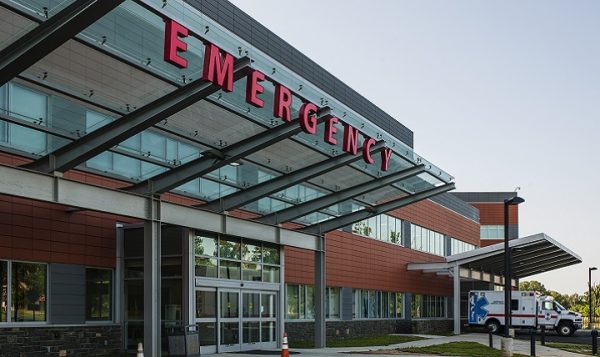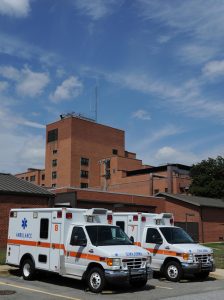
Medical sociologists Tania Jenkins (PhD, University of North Carolina-Chapel Hill) and Elaine Hernandez (PhD, MPH, Indiana University) pair up in this four-part series, COVID-19: Dispatches from Medical Sociology, to provide insight on how the current COVID-19 pandemic is changing the landscape of American healthcare. In the first segment, Jenkins and Hernandez cover social inequities in health.
- Social Inequities in Healthcare
- The Doctor Will “See” You Now
- Changing Dynamics within Healthcare Professions
- The Challenges Facing Medical Education
—
Social Inequities in Healthcare
Aiming for Health Equity Requires Focus on the Rural-Urban Health Divide
We often think of the U.S. healthcare system as a single, uniform entity. But it isn’t. Before the pandemic, where we live shaped our healthcare experiences, contributing to a rural-urban health divide. As the virus sweeps into the U.S. heartland, we are poised for similar geographic health care inequities. Will small, rural hospitals will be able to accommodate very sick patients that require the advanced levels of care that has been typical of this virus? Already, The New York Times has reported that about 8.6 million people live outside a 30 minute-drive from the nearest hospital capable of offering COVID-19 inpatient care.

These questions compound ongoing financial worries. About half of all rural hospitals were already running a deficit, and a quarter were at “high risk of closure” before the pandemic. Now fewer patients are seeking “non-essential care,” leading a growing number of hospitals and private practices to begun furloughing doctors just to stay solvent and others to close their doors altogether. In the long run, financial concerns are poised to worsening urban/rural inequalities in access to healthcare in communities that are already underserved.
Preventable urgent and chronic medical conditions may also worsen, as patients are urged to avoid routine and “non-essential” medical visits or procedures. Depending on how well areas “flatten the curve,” these indirect effects of COVID-19 may create a second and third wave of indirect disease and death associated with the virus. Patients are staying away from hospitals for health emergencies, much to the bewilderment of some hospital-based physicians who report as high as a 90% drop in heart attacks in recent weeks. And in some states, patients having heart attacks are dying at home for fear of going to the hospital. Health care utilization for preventative care is also down. Patients requiring care for chronic conditions like diabetes, cardiovascular issues, and high blood pressure are not receiving routine care, exacerbating underlying social inequities in health.
Many of these patients would have access to health care if we were not in a pandemic, but with health care systems overburdened or clinics closed we are observing the indirect effects of the pandemic on patient health and, in some cases, mortality. As with prior disasters, early signs suggest an untold number of deaths related to the pandemic that are not directly due to COVID-19. Due to lack of testing and autopsies, it will be difficult to distinguish between patients who died from COVID-19 versus other causes stemming from a lack of medical care, even when families fight for answers. As countries are releasing mortality data, we are witnessing significant increases in mortality — above and beyond reported deaths due to COVID-19 — offering a more accurate representation of the toll of the pandemic.
Compiling accurate mortality data is an arduous process, often revealing inequalities in the rear-view mirror. Even so, triangulating interdisciplinary perspectives from epidemiologists, demographers, sociologists, and health service researchers can help us predict social inequities in health care in the United States. Given what we know about the rural-urban health divide, aiming for health equity in treatment — from COVID-19 and non-COVID-19 health problems — requires that people in urban and rural places have a seat at the table.
Stay tuned for our next installment on telemedicine and changes to the patient-provider relationship.
For more on this topic, check out this recent article in The Hill, where Hernandez and colleagues discuss policy solutions to some of the preventable inequities caused by COVID-19.
